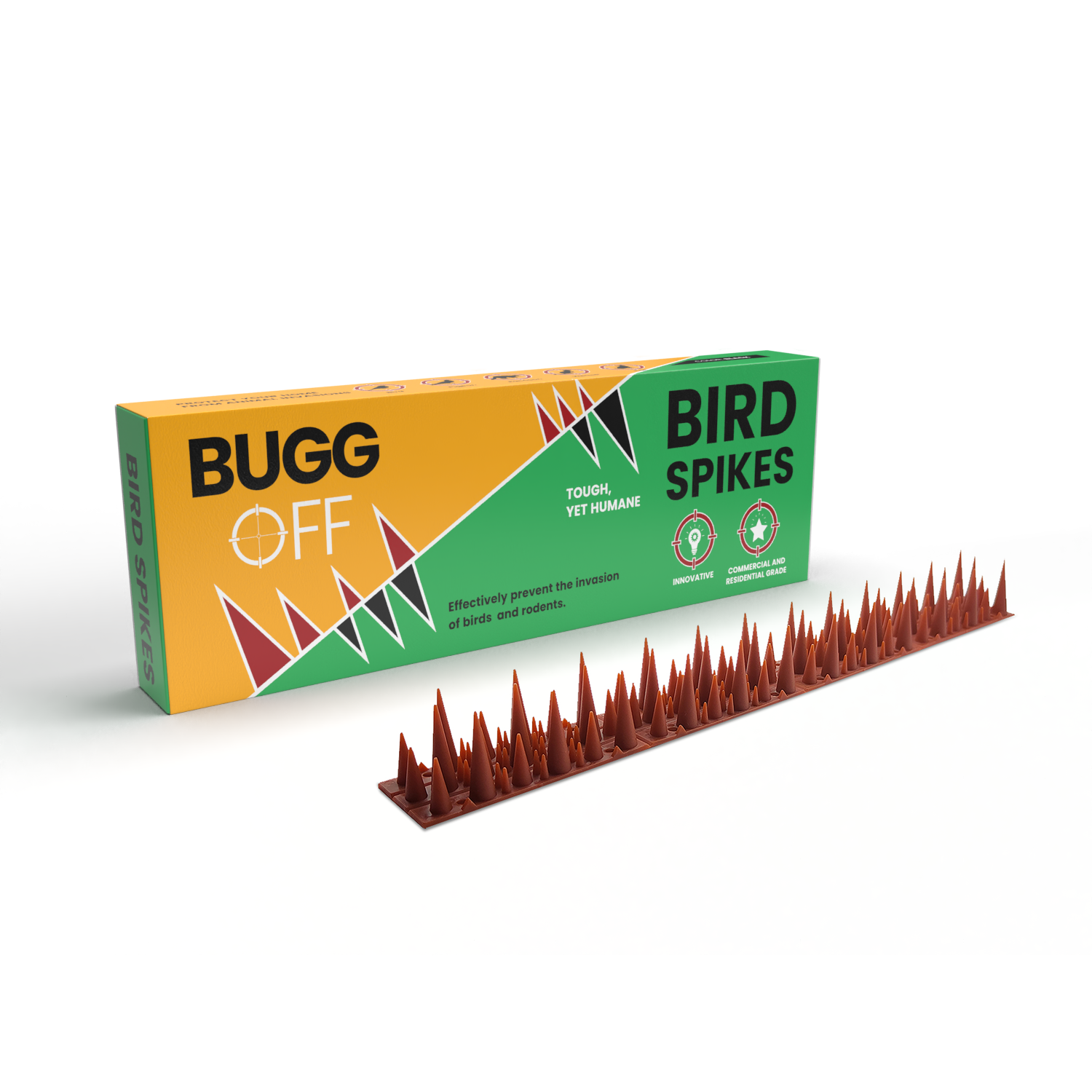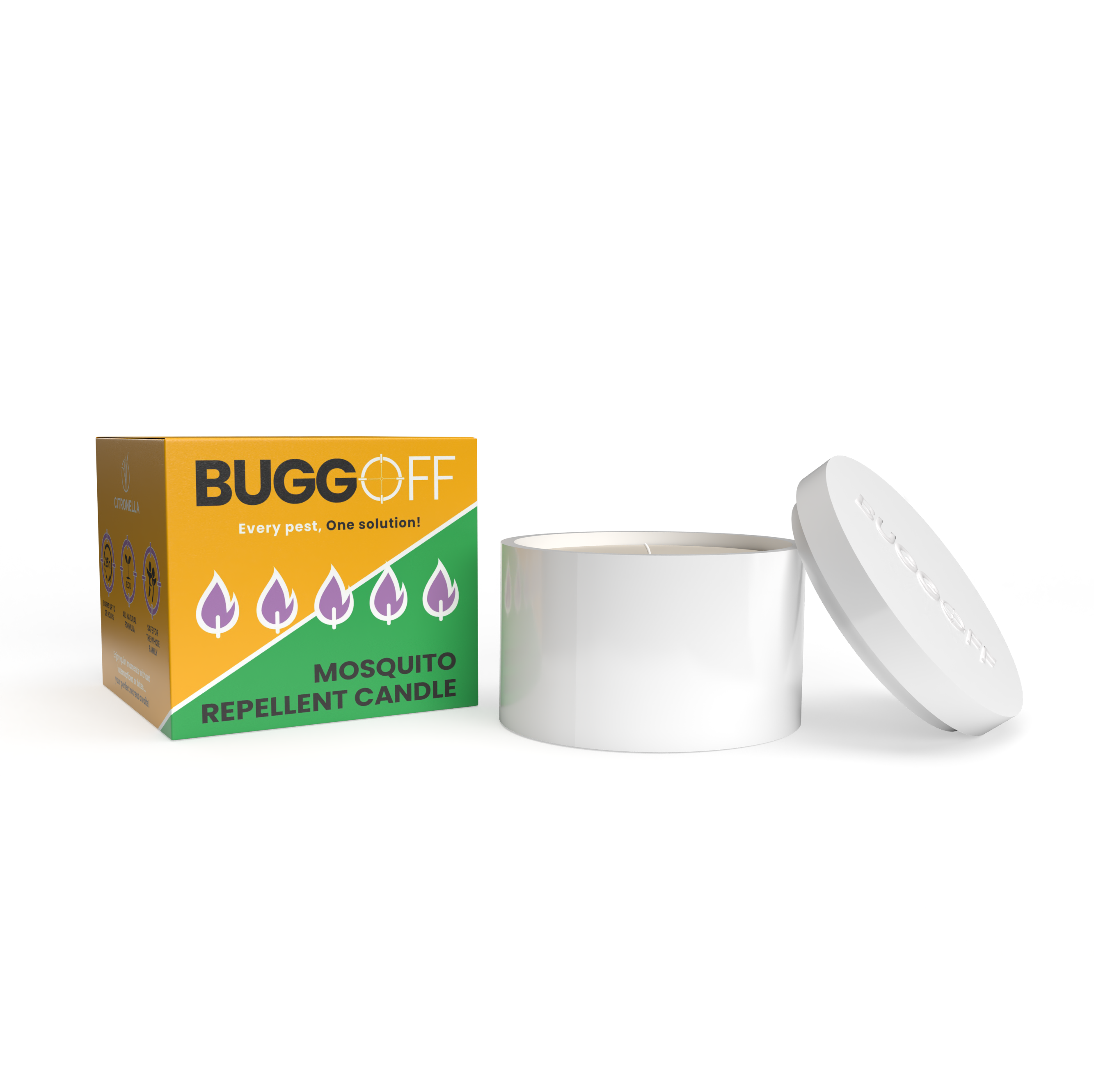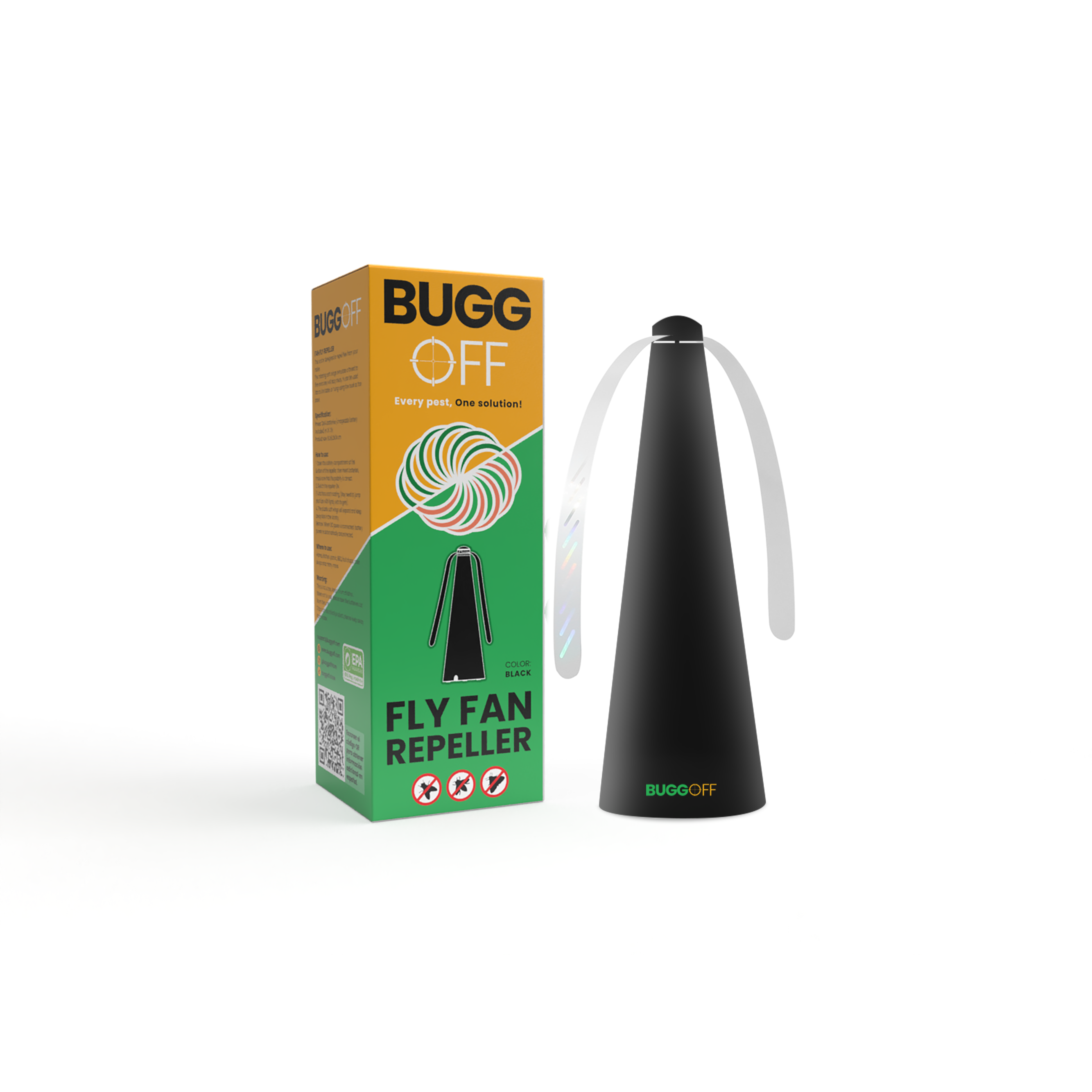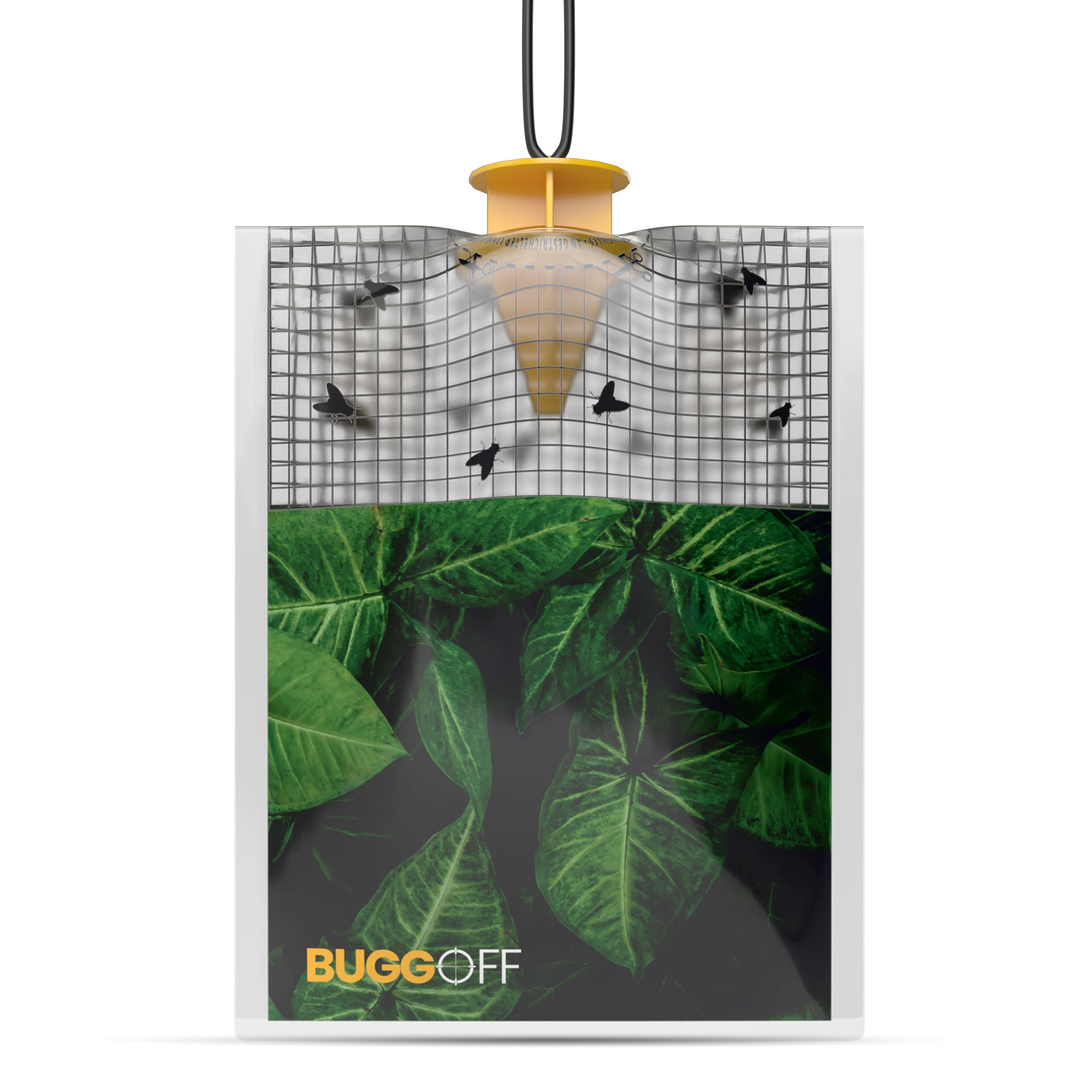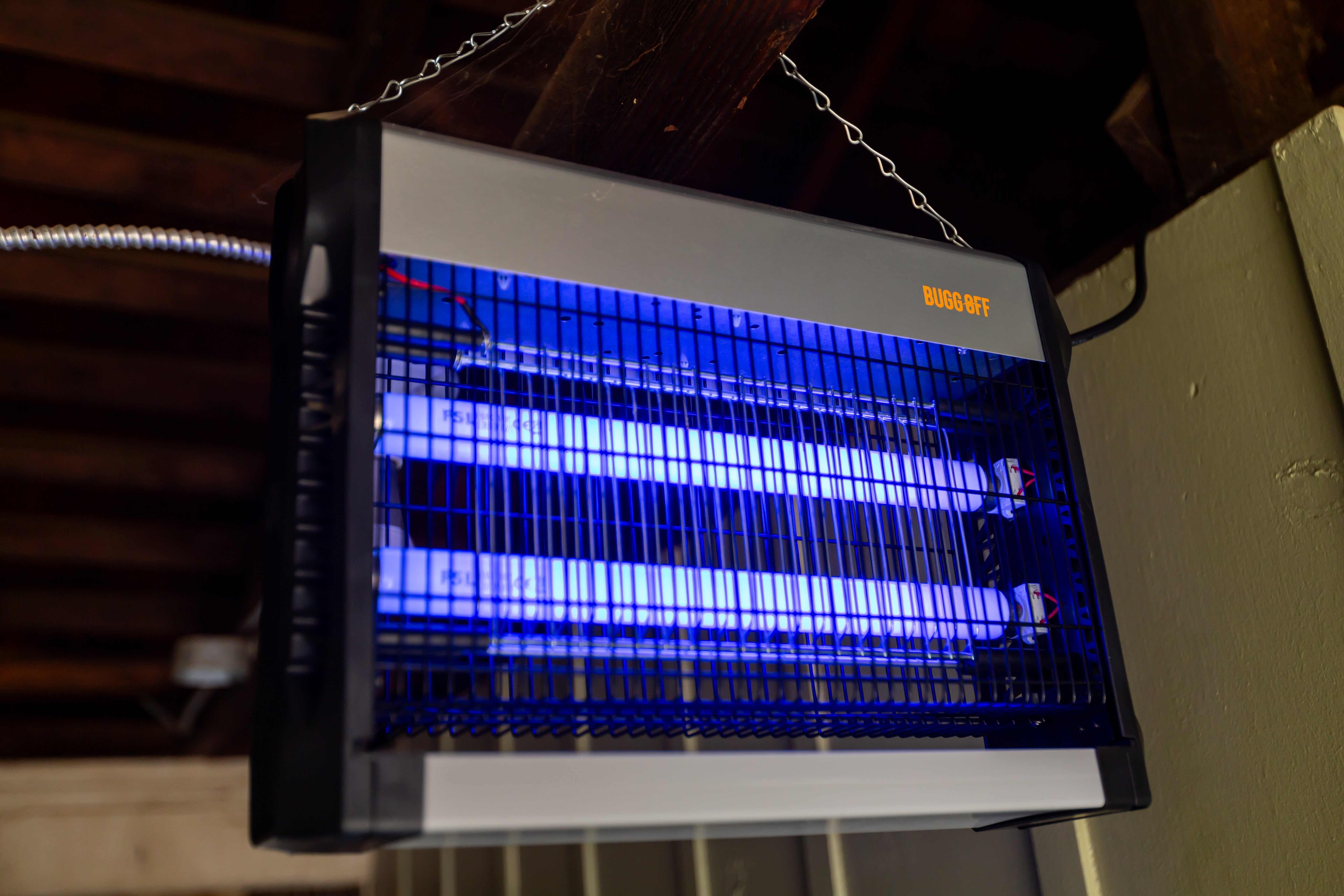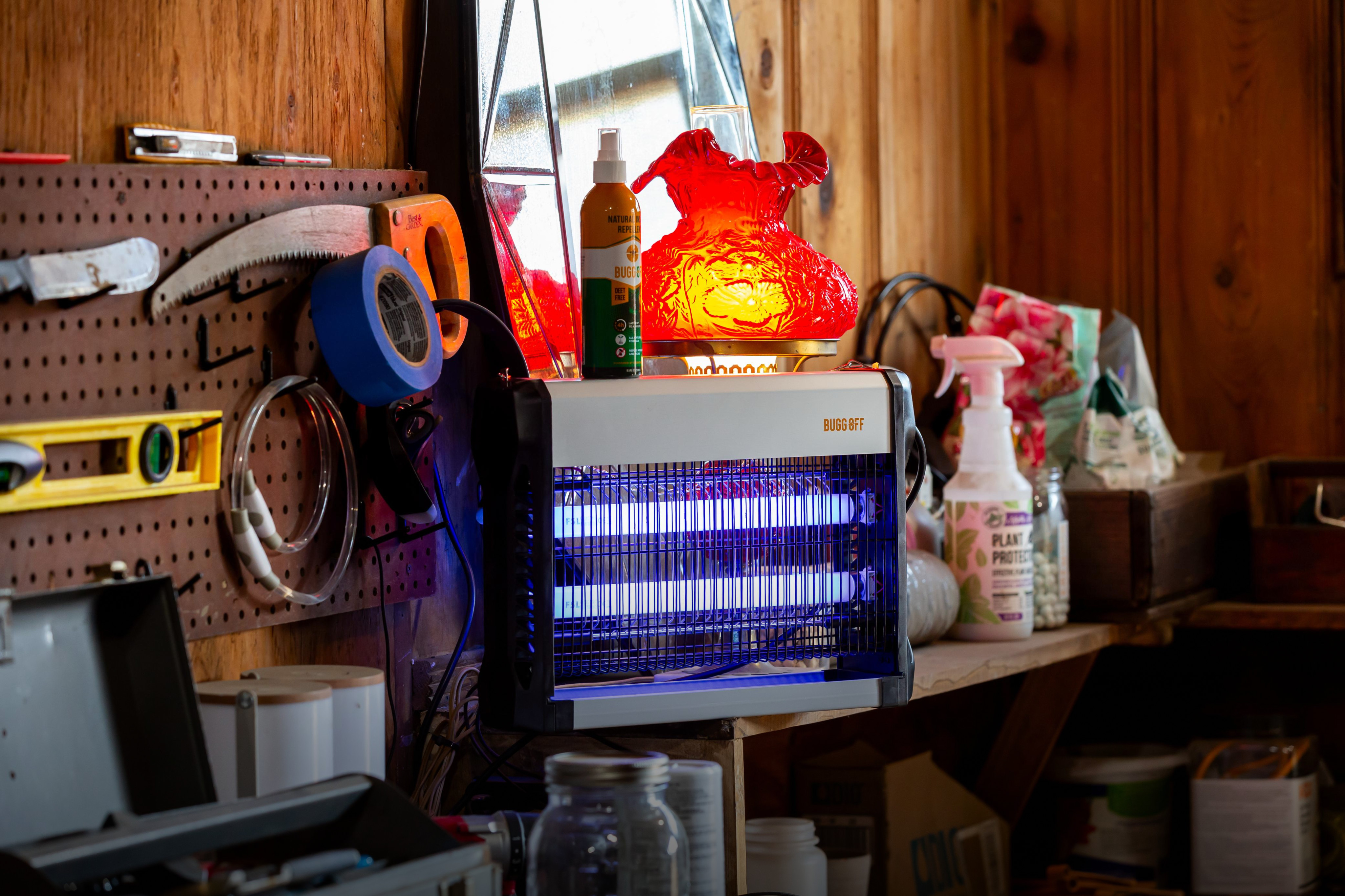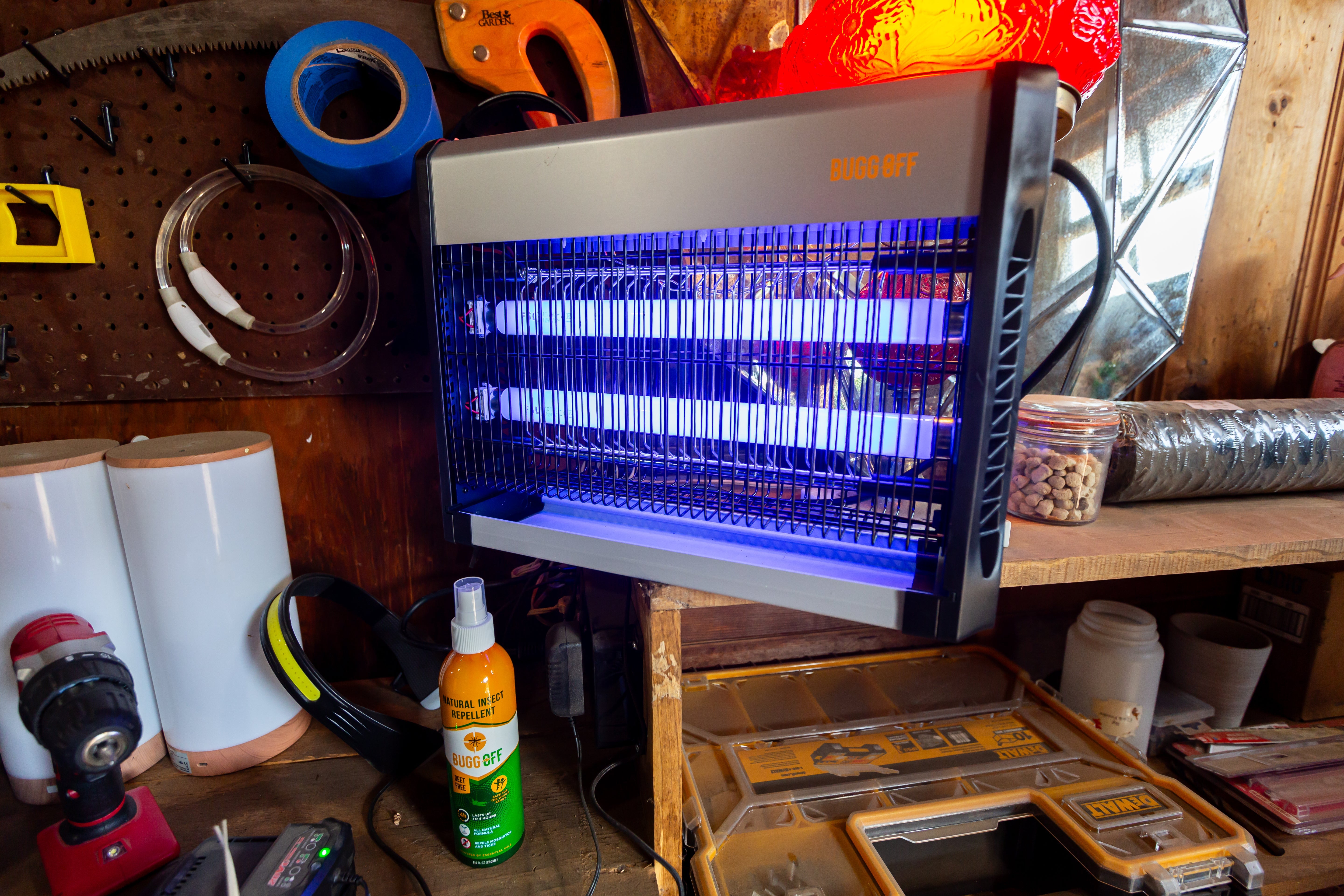Introduction
Imagine setting up your indoor electric bug zapper, fully expecting it to handle those pesky insects that have invaded your home. But instead of hearing the satisfying zap of bugs being dealt with, you notice there's no activity at all. It can be quite frustrating when your zapper isn't living up to its bug-catching promises, leaving you with unwanted flying guests.
There are several reasons why your electric bug zapper might not be working effectively. Whether it's a power issue or a blocked mechanism, understanding these problems can help you take action to restore your zapper's functionality. Stick around as we explore some practical steps to troubleshoot and hopefully resolve these common zapper issues.
Check the Power Source
One of the first things to consider when your zapper isn't working is the power source. Let's go through a checklist to ensure everything is connected and functioning properly:
- Examine the Plug and Outlet: Start by checking that the zapper is securely plugged in. Sometimes, a loose connection can be enough to disrupt power flow. If possible, plug another device into the same outlet to confirm that it’s working correctly.
- Ensure Proper Connection: Double-check the zapper's plug to see if it's fully inserted into the outlet. A partially plugged-in device might not receive the power it needs.
- Inspect for Damage: Look for any visible damage on the electrical cord. Frayed wires or loose cables can cause interruptions in power delivery. If you detect any damage, it's best not to use the zapper until these issues are resolved.
Taking a moment to inspect these connections often uncovers power-related issues. Once resolved, you might find your zapper back in action, efficiently taking care of those annoying insects. If everything looks fine and the zapper still isn't working, it might be time to consider other potential problems.
Inspect the Bulb
The bulb serves as the main attractant for insects, luring them to their zapper doom. If this component is faulty, it could be the reason your device isn't effective. Here's how to ensure your bulb is in top shape:
- Check the Bulb's Condition: See if the bulb is illuminated when you turn on the zapper. If it isn't, it might need a replacement. Bulbs can dim over time, reducing their power to attract bugs.
- Examine for Dirt and Debris: Dust or other particles can block light emission, decreasing the bulb's efficiency. Make sure the bulb is clean and free of obstructions.
- Replace the Bulb Safely: If a replacement is necessary, ensure the zapper is unplugged before you start. Most devices have an easy mechanism for bulb replacement—refer to your zapper’s manual to remove and fit a new bulb correctly.
Taking care of the bulb is crucial to maintaining your zapper's operational effectiveness. Once you’re sure the bulb is in good condition yet the problem persists, it's time to explore another aspect of the device.
Clean the Device
Regular cleaning is a key part of keeping your indoor bug zapper in excellent condition. These devices can accumulate insect debris, which can block their functionality over time.
- Regular Maintenance: Clean the zapper regularly to prevent the buildup of dead insects and dust. This buildup can obstruct the energy transmissions from the grid, making it less effective at zapping pests.
- How to Clean Safely: Unplug the device. Use a small brush to gently remove any insect remains from the grid and other areas. You can also use a soft, damp cloth to wipe the outside surfaces.
- Prevention Tips: Setting a monthly cleaning routine can help keep your zapper in prime condition and prolong its lifespan. Ensure grid wires are free from any blockages that may stop the zapper from working well.
Keeping everything clean ensures your zapper stays both safe and effective in pest control, reducing the chance of faults due to residue.
Check Placement
Believe it or not, where you place your indoor bug zapper can greatly impact its success rate. The right location will maximize its ability to catch insects.
- Find Optimal Spots: Place the zapper away from windows or other lights. Other light sources can compete with your zapper, reducing its lure. A corner of a room or hanging from the ceiling can serve as ideal spots.
- Avoid Common Mistakes: Don't place your zapper near areas where food is prepared or served, to prevent contamination. Also, avoid spots where the zapper could be easily bumped or knocked over.
- Experiment with Different Locations: Sometimes it’s a matter of trial and error to find the best position for your zapper. Move it around and note where it seems to perform best.
Positioning the zapper strategically can greatly enhance its ability to attract and eliminate unwanted pests.
Closing Thoughts
Taking these simple yet effective steps can often revive a seemingly lifeless bug zapper. Though troubleshooting can sometimes feel overwhelming, fixing these common issues might be easier than you think. It not only saves you time but also helps you maintain a comfortable environment free from the buzz of flies and mosquitoes.
If you’ve gone through these steps and your zapper still isn’t catching insects, it might be time to seek professional advice. Expert pest control solutions offer peace of mind and can pinpoint problems that might otherwise go unnoticed. By keeping your device in good shape, you’re investing in an insect-free haven at home.
If your indoor electric bug zapper still isn't catching insects after following these steps, it might be time to explore more comprehensive pest control solutions. Discover BUGGOFF's range of indoor electric bug zappers to find options tailored to your needs. Enjoy a bug-free home and the peace of mind that comes with choosing a trusted partner in pest management.

